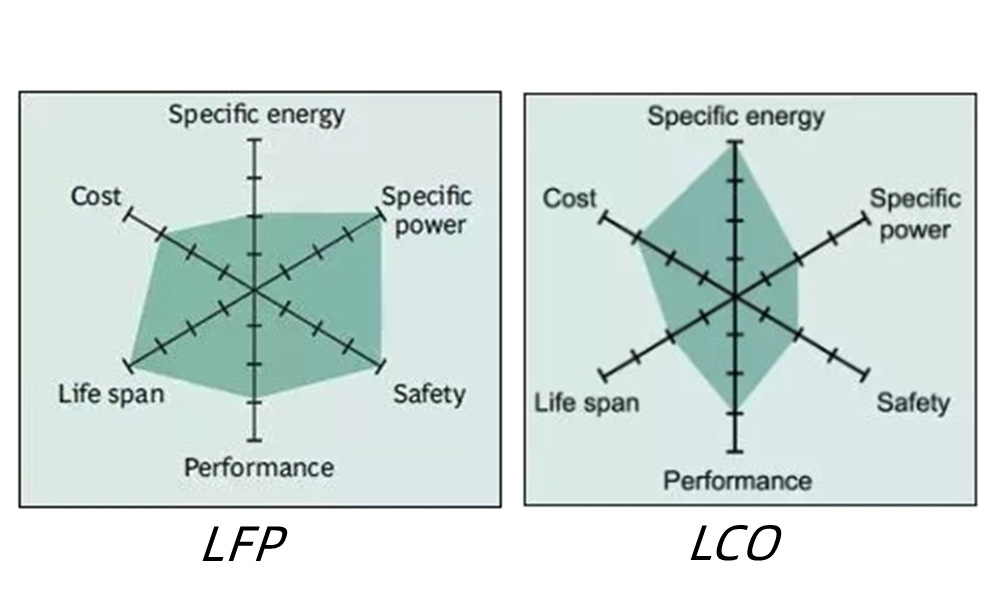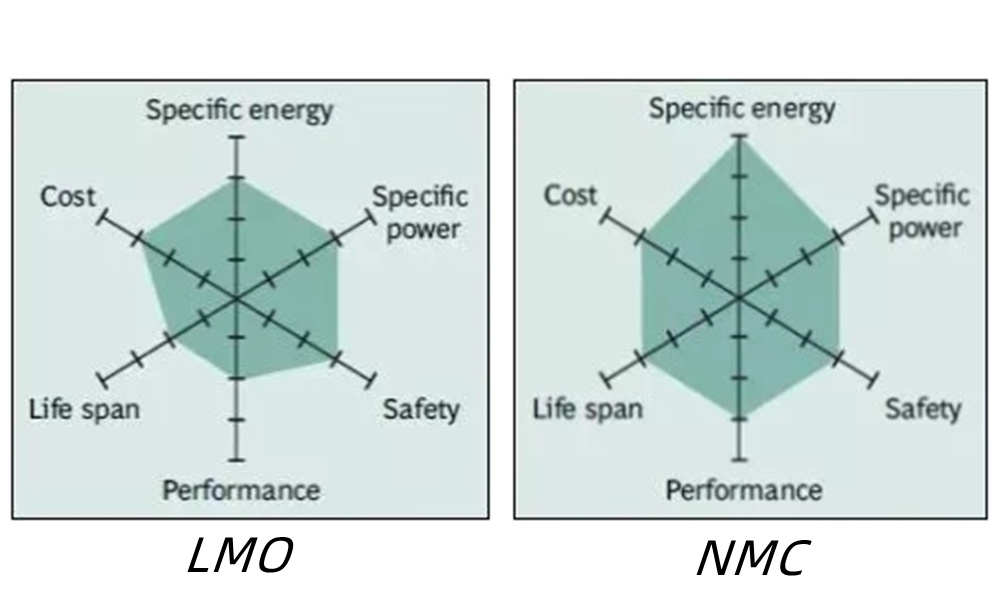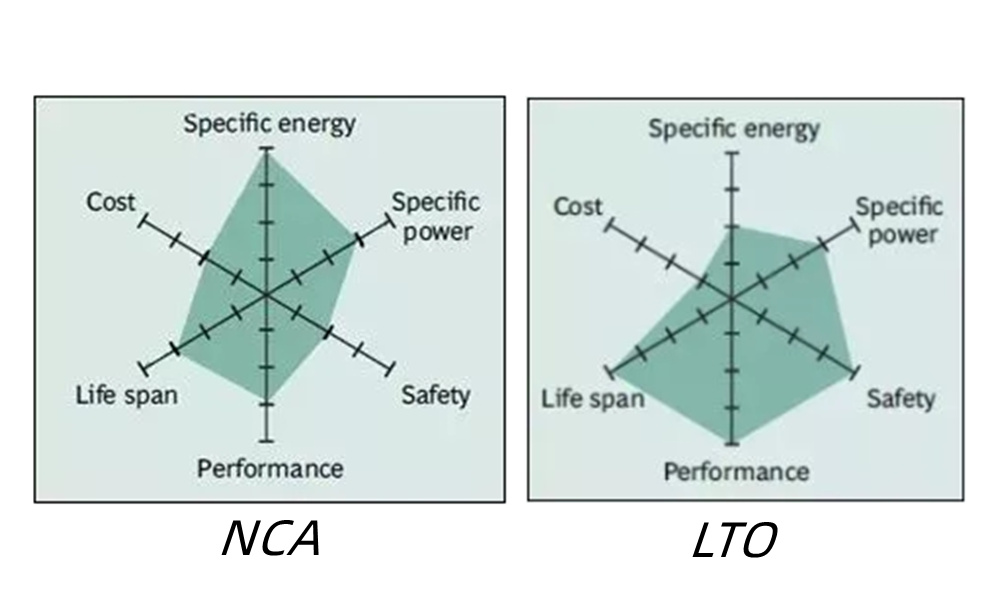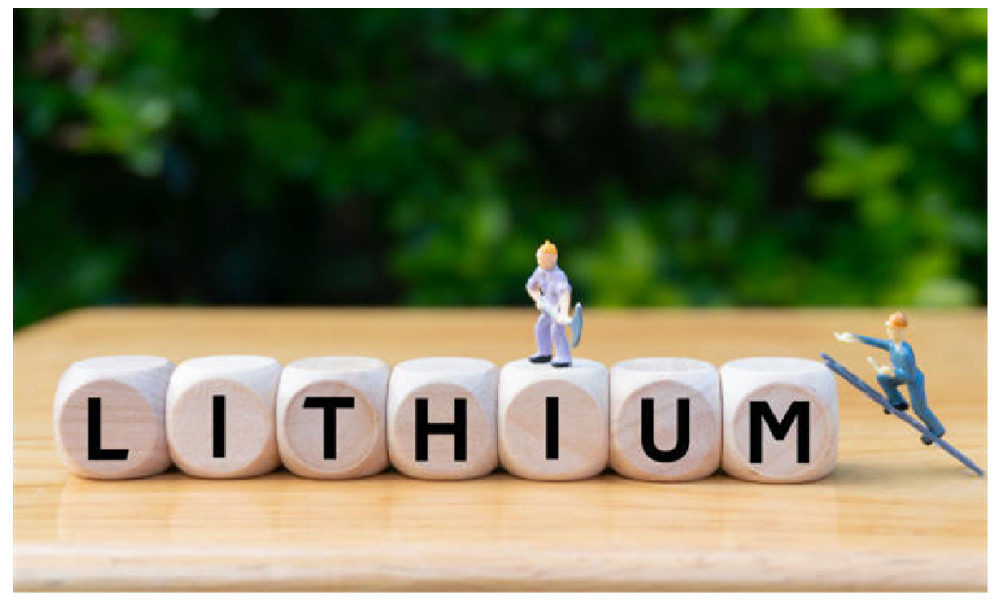There are all kinds of questions about lithium battery types, such as things about how to prolong the life of lithium batteries? This issue will be explained in depth in other articles. The most important thing here is to clarify what are the types of lithium batteries?
1. What are the main lithium battery types
The combination of active materials and chemical reactions creates different types of lithium batteries to store energy.
LFP: It is also known as lithium iron phosphate battery or Lifepo4, it is also one of the lithium battery types.
1. Safety: high
2. Performance: general
3. Lifespan: high
4. Cost: general
5. Specific energy: moderate
6. Specific power: high
1.1 What are they used for
LFP batteries have a nominal voltage of 3.2 volts, so connecting four of them in series would result in a 12.8-volt battery with the same current flow. This also makes lithium iron phosphate batteries the most common type of lithium battery to replace lead-acid deep cycle batteries.
1.2 Benefits of lithium ion battery
Some of the benefits of this battery include its lightweight, high energy density, and low self-discharge rate. This battery is also environmentally friendly as it does not contain any toxic materials. Another advantage of this battery is that it can be recharged very quickly. Lithium-ion battery also has a longer life span than other types of batteries, making them a more cost-effective option in the long run.
1.3 Application of lithium ion battery
Lithium ion batteries are increasingly being used in a variety of applications due to their high energy density and long lifespan. Common examples include portable power stations, solar panels, starter/stop cars, RV for camping, and so on.

LCO: It is also known as lithium cobalt oxide, LiCoO2. It is also one of the lithium battery types.
1. Safety: general
2. Performance: moderate
3. Lifespan: general
4. Cost: high
5. Specific energy: high
6. Specific power: low
2. What is LCO used for
Its high specific energy makes lithium cobaltate a popular choice for cell phones, laptops, and digital cameras.
LMO: It is also known as lithium manganate, LiMn2O4
1. Safety: high
2. Performance: low
3. Lifespan: general
4. Cost: high
5. Specific energy: moderate
6. Specific power: general
3. Benefits and application of LMO
The architecture forms a three-dimensional spinel structure that improves ion flow across the electrode, thereby reducing internal resistance and improving current carrying capacity. Another advantage of spinel is high thermal stability and improved safety, but limited cycling and calendar life. LMO is used in power tools, medical devices, and hybrid and pure electric vehicles.
NMC: It is also known as lithium manganate, LiNiMnCoO2
1. Safety: general
2. Performance: moderate
3. Lifespan: high
4. Cost: high
5. Specific energy: high
6. Specific power: general

NCA: It is also known as lithium nickel cobalt aluminate, LiNiCoAlO2
1. Safety: general
2. Performance: high
3. Lifespan: high
4. Cost: low
5. Specific energy: high
6. Specific power: general

LTO: It is also known as lithium titanate, Li4Ti5O12
1. Safety: general
2. Performance: high
3. Lifespan: high
4. Cost: low
5. Specific energy: high
6. Specific power: general

